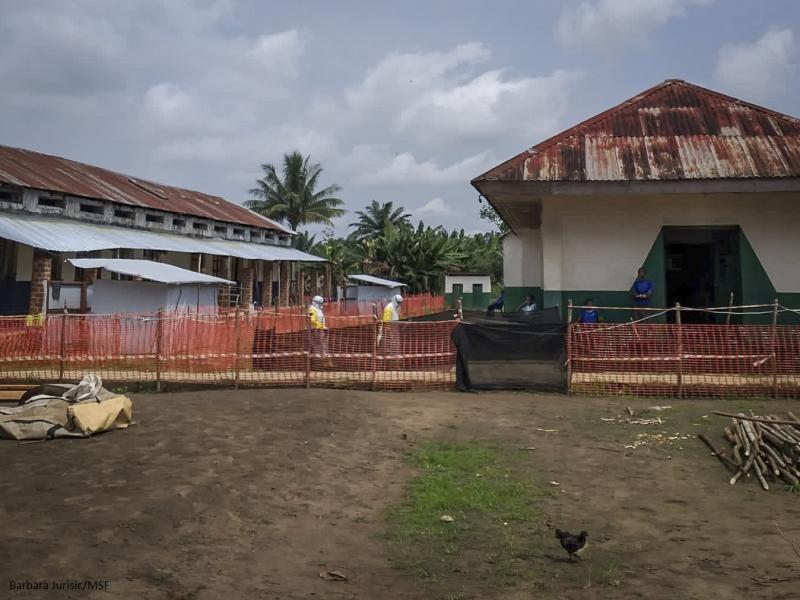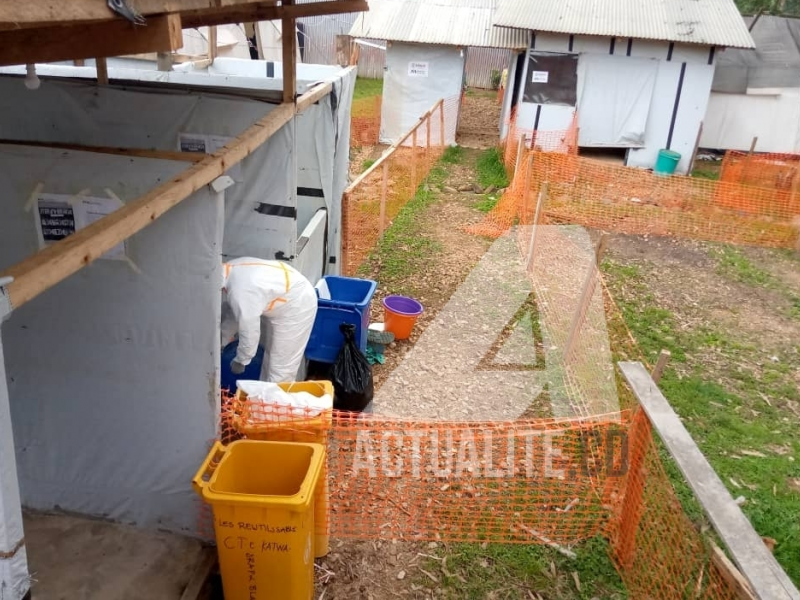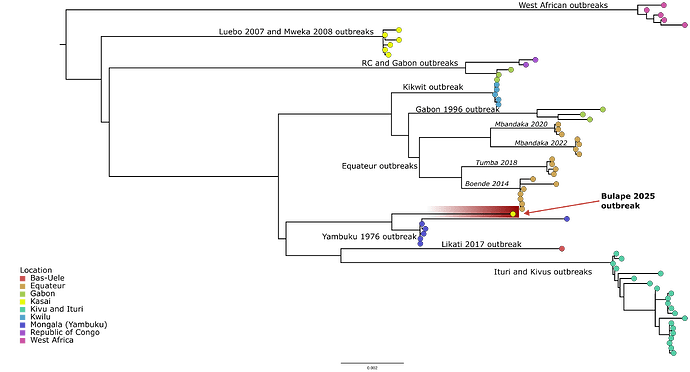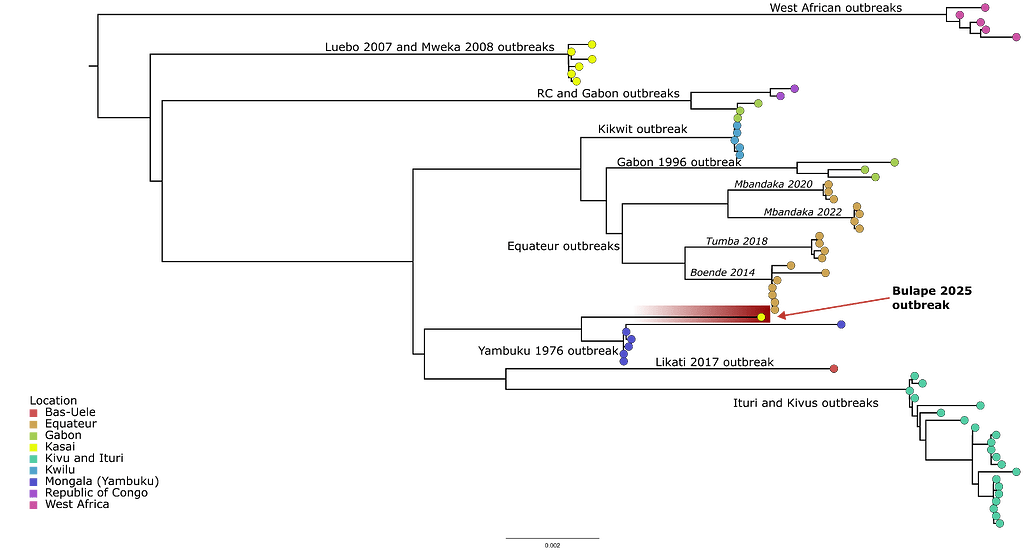hat tip friend of FluTrackers
Kasai: 6 deaths already recorded out of 10 suspected cases of viral hemorrhagic fever in Bulape
The Ministry of Public Health, Hygiene and Social Prevention, through the Public Health Emergency Operations Center (COUSP), announces that it has activated alert mode following the detection of several suspected cases of viral hemorrhagic fever in the Bulape health zone, Kasai province.
In an official information note consulted by Actualité.cd this Wednesday, September 3, 2025, the COUSP reported 10 suspected cases identified, including 6 confirmed deaths, representing a case fatality rate of 60%. According to local civil society, however, this toll could increase in the coming days.
The index case is a 34-year-old pregnant woman, admitted to HGR Bulape on August 20 with suggestive symptoms (sudden fever, multiple hemorrhages, bloody vomiting, marked asthenia). She died on August 25, 2025, in a picture of multiorgan failure.
The same source also reports documented nosocomial transmission, affecting in particular a nurse and a laboratory technician who were caring for the deceased patient.
Évariste Bushebu, civil society actor, underlines:
"Health authorities told us about red diarrhea and signs that could be similar to viral hemorrhagic fever. Contamination is very rapid."
Health authorities state that investigations are continuing, that samples have been sent to the National Institute for Biomedical Research (INRB) for confirmation, and that the assessed risk level is high, with community transmission already occurring. While awaiting the results, the public is urged to strictly adhere to preventive measures: regular handwashing, limiting physical contact, and immediately reporting any suspected cases.
This situation has rekindled concerns in the region, which was already affected by Ebola epidemics in 2007, 2008 and 2011. The deadliest outbreak was in 2007, with more than 260 cases and 187 deaths, according to health sources.
Kasai: 6 deaths already recorded out of 10 suspected cases of viral hemorrhagic fever in Bulape
- Wednesday, September 3, 2025 - 7:36 PM
The Ministry of Public Health, Hygiene and Social Prevention, through the Public Health Emergency Operations Center (COUSP), announces that it has activated alert mode following the detection of several suspected cases of viral hemorrhagic fever in the Bulape health zone, Kasai province.
In an official information note consulted by Actualité.cd this Wednesday, September 3, 2025, the COUSP reported 10 suspected cases identified, including 6 confirmed deaths, representing a case fatality rate of 60%. According to local civil society, however, this toll could increase in the coming days.
The index case is a 34-year-old pregnant woman, admitted to HGR Bulape on August 20 with suggestive symptoms (sudden fever, multiple hemorrhages, bloody vomiting, marked asthenia). She died on August 25, 2025, in a picture of multiorgan failure.
The same source also reports documented nosocomial transmission, affecting in particular a nurse and a laboratory technician who were caring for the deceased patient.
Évariste Bushebu, civil society actor, underlines:
"Health authorities told us about red diarrhea and signs that could be similar to viral hemorrhagic fever. Contamination is very rapid."
Health authorities state that investigations are continuing, that samples have been sent to the National Institute for Biomedical Research (INRB) for confirmation, and that the assessed risk level is high, with community transmission already occurring. While awaiting the results, the public is urged to strictly adhere to preventive measures: regular handwashing, limiting physical contact, and immediately reporting any suspected cases.
This situation has rekindled concerns in the region, which was already affected by Ebola epidemics in 2007, 2008 and 2011. The deadliest outbreak was in 2007, with more than 260 cases and 187 deaths, according to health sources.








Comment